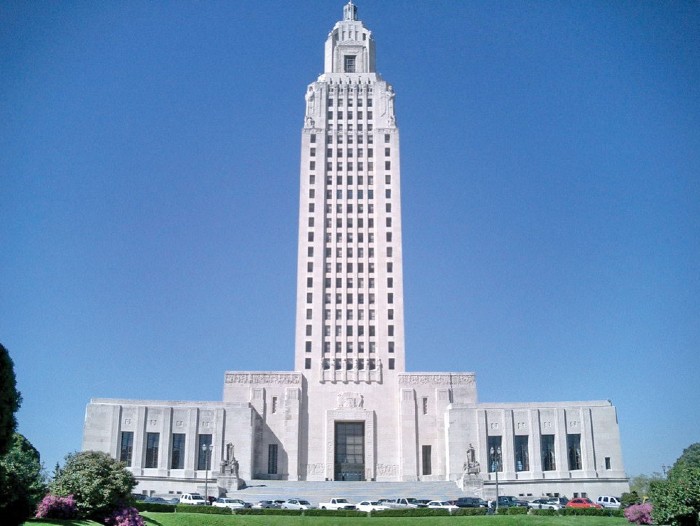In 1785 between July 29 and December 17, seven ships arrived from France (from the ports of Nantes and Saint-Malo) to New Orleans, more precisely the Bon Papa (with 38 Acadian families on board), the Bergère (73 families), the Beaumont (51), the Saint-Rémi (89), the Amitié (68), the Ville d’Archangel (60), and the Caroline (28), in all 1,308 people. These French vessels were chartered by Spain for the Atlantic crossing to colonize Spanish Louisiana in response to the growing United States next door. For the Acadian passengers, the trip meant a chance to join their compatriots in Louisiana. The vast majority of the new arrivals chose to settle along Bayou Lafourche. However, of the 51 families aboard the Beaumont, 41 of them settled near Baton Rouge. They were mainly ploughmen, carpenters, sailors and caulkers.

Between 1765 and 1785 the Acadians were the largest ethnic group to settle in Louisiana. Although other nationalities were already established, the Acadian culture became dominant in many places. When elements of these other nations were added to the Acadian people, a variant of the Acadian culture was born, gradually becoming known as Cajun … a derivation of the word Acadian.
Molaisonville then Brusly
On March 14, 1699, Pierre Le Moyne d´Iberville and his brother Jean-Baptiste Le Moyne de Bienville (born in Ville-Marie, now Montreal) came to explore the land of the Bayougoulas near Bayou Manchac. The original territory of present-day West Baton Rouge Parish occupies these former native lands. In 1717, the Mississippi Company, formerly the West Company from 1684 to 1717, began granting parcels of real estate in this part of Louisiana.
In 1785, many Acadian refugees from the Beaumont did settle in this area. For the Benoit, Caillouet, Comeaux, Daigle, Dubois, Dugas, Forest, Garcia, Guedry, Granger, Hebert, Leblanc, Martin, Poirier, Richard, Trahan, and several other families, the lands granted in the western region of Baton Rouge became their homestead. The directory of the 178 passengers on board the Beaumont identifies the name, age and occupation of each passager. A useful genealogy tool!

Brusly is the oldest settlement in the West Baton Rouge Parish. Although its incorporation goes back to 1901, its genesis coincides with the arrival of the Acadians from France in 1785. It is now a suburb of the capital city of Baton Rouge. Jacques Moulaison (also Molaison), a 38-year-old carpenter, his wife Marie Doiron (41) and their three young children, Rose (10), Sophie (9) and Jacques (6) are officially considered the first inhabitants. After starting his own business, a small village grew under the name of Molaisonville, to later become Brusly where cotton grown in the surrounding area was shipped on flat-bottomed boats to processing and export centers.

We know that the military post established by the French authorities at Baton Rouge was so baptized in 1719. But what is its real significance? Is it an Aboriginal name, a boundary marker, a meat dryer, or red cypress trees? Unfortunately, there is no consensus among historians.
Four hypotheses, each equally fascinating, have been formulated. They are:
1- The Native American people have for centuries called the region Istrouma which means red stick (bâton rouge). The French explorers simply adopted its meaning.
2- The new arrivals observed a pole of red cypress demarcating a border between two distinct indigenous tribes, the Houmas and the Bayougoulas.
3- The hallmark of the place was a large pole that the locals used to dry their game and fish and on which the blood had stained the wood a crimson red.
4- Red cypress trees stripped of their bark magnificently embellished the landscape with their reflection in the tranquility of limpid waters.
It was under the Anglo-American regime that Baton Rouge lost its French accent.
